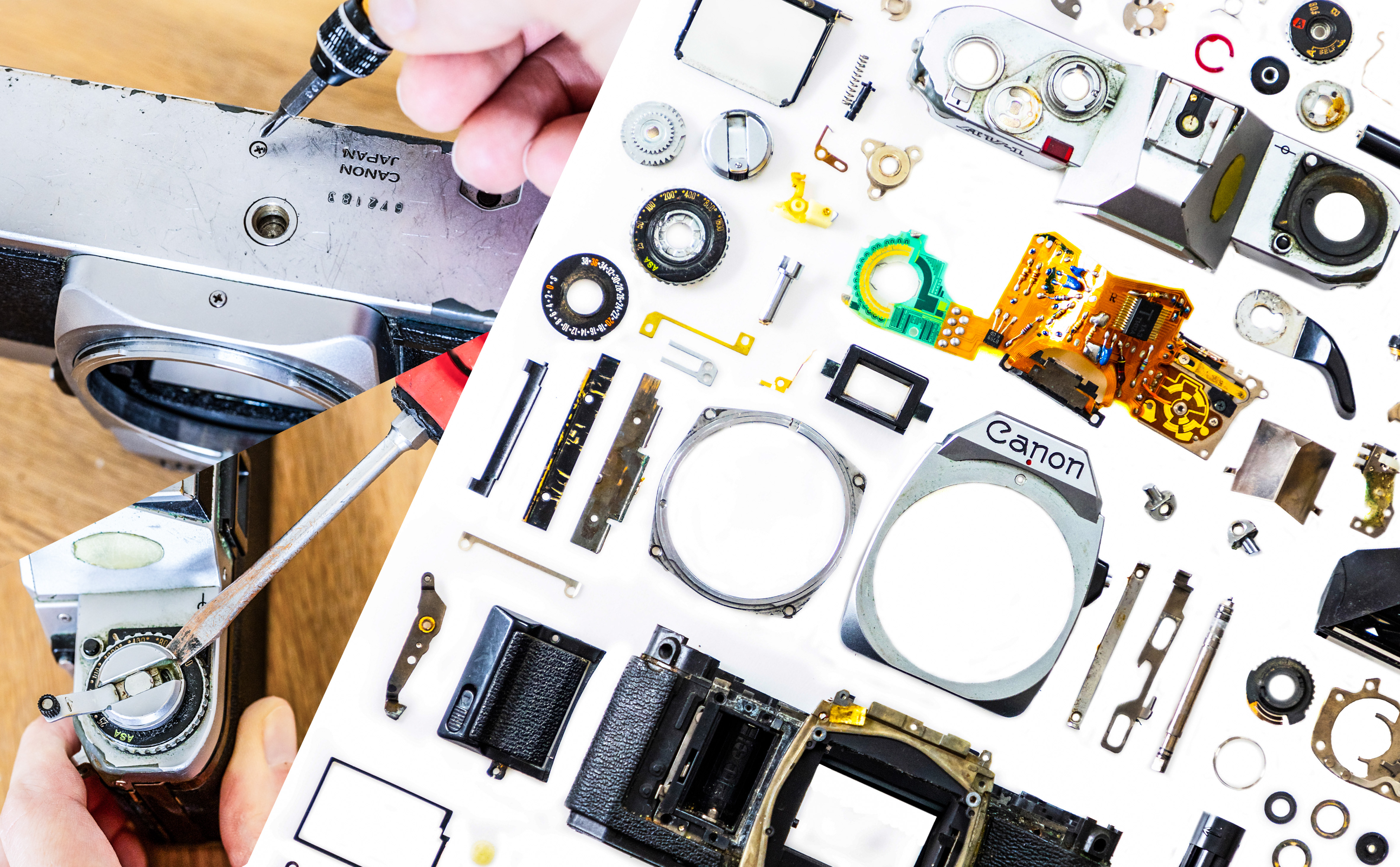The best Sony telephoto lenses: get proper telephoto reach for your Sony mirrorless camera
Join me as I pick out the best Sony telephoto lenses that get you closer to the action, for both full-frame and APS-C E-mount mirrorless cameras.
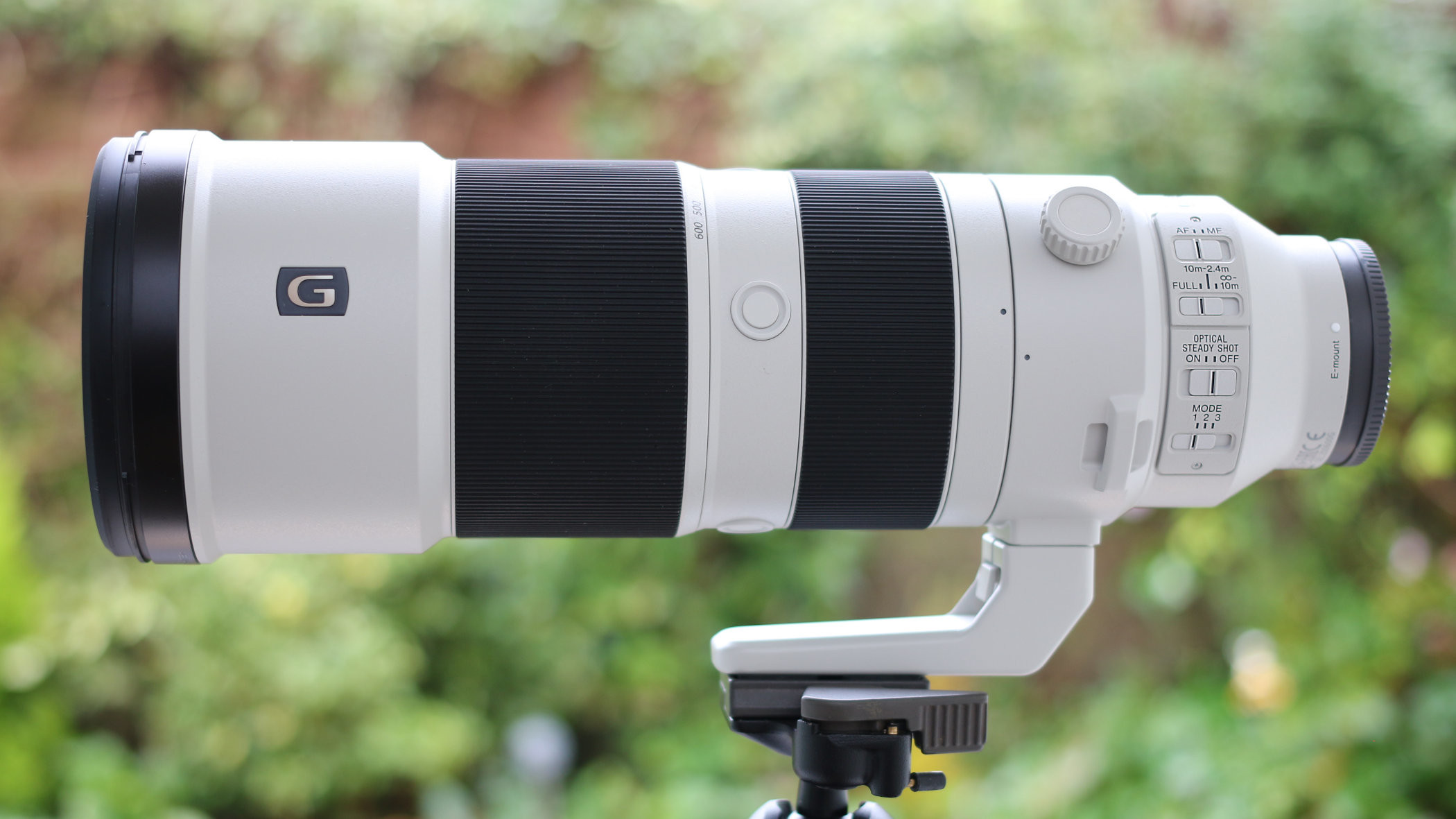
With the best Sony telephoto lenses, you can get closer to the action and ensure you capture stunning photos in challenging situations. I firmly believe that whether you shoot sports, wildlife, portraits or landscapes, these lenses are essential to have in your photography kit bag, if you're using Sony mirrorless cameras.
As Sony's full-frame mirrorless range has been running longer than any others, the manufacturer has built up a seriously impressive stable of lenses to choose from. With zooms and primes in a range of focal length configurations, the Sony E range is deep and varied. Plus, thanks to Sony's historic openness to third-party manufacturers, there are also plenty of affordable and unique lenses available from the likes of Sigma, Tamron and Samyang.
In this guide, I've compiled a list of the best Sony telephoto lenses right now, based on testing and reviewing. Read on to see which are the lenses that made the grade — and for more options, check out our general guide to the best Sony lenses, which includes wide-angles and standard lenses as well as telephotos.

Matthew Richards is a photographer and journalist who has spent years using and reviewing all manner of photo gear. He is Digital Camera World's principal lens reviewer – and has tested more primes and zooms than most people have had hot dinners! Here, he picks the best Sony telephotos that have crossed his testing bench.
The Quick List
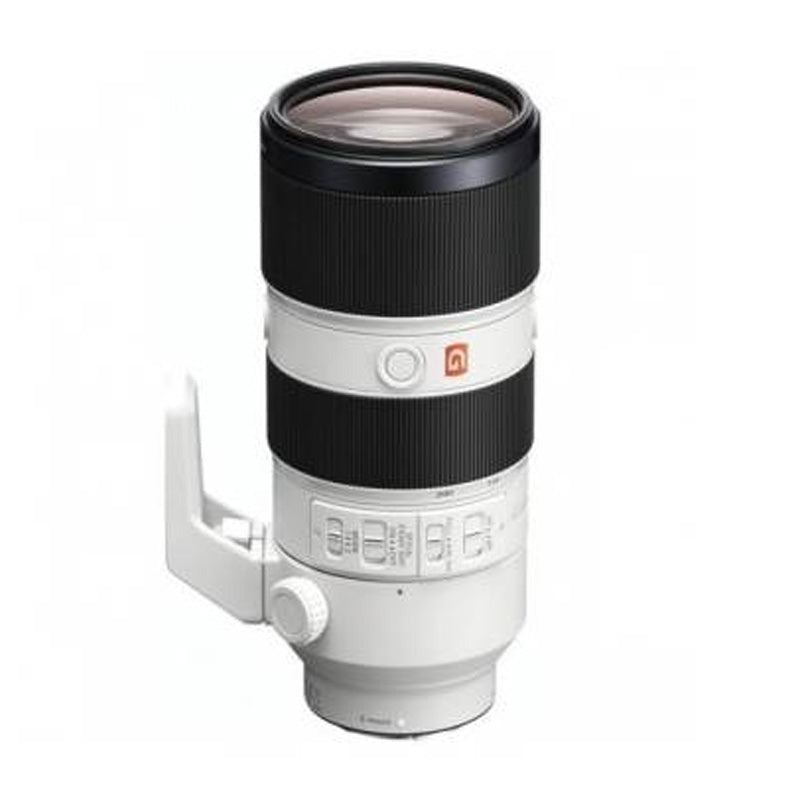
Best 70-200mm
A masterclass in telephoto design, this absolutely superb lens forms part of the the 'holy trinity' of f/2.8 zooms that give working professionals everything they need.
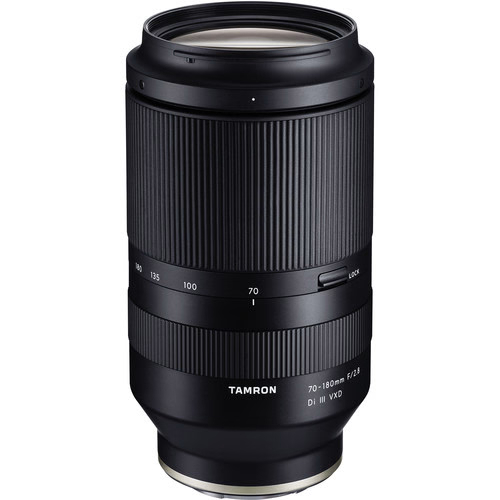
Best 70-200mm alternative
This brilliant Tamron lens makes for a lighter and more affordable alternative to a 70-200mm f/2.8, and this newer version adds stabilisation and improved autofocus.
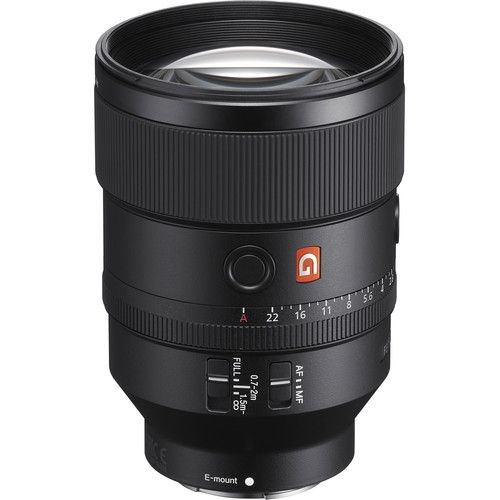
Best 135mm lens
For tight portraits, close-ups and headshots, a 135mm lens is a winner, and this is one of the finest examples I've used, with premium optics and top-line build quality.

Best affordable 135mm
More budget-friendly than the Sony version, this gorgeous lens from Samyang boasts a weather-sealed body, fast/silent autofocus and pristine image quality, even wide-open.
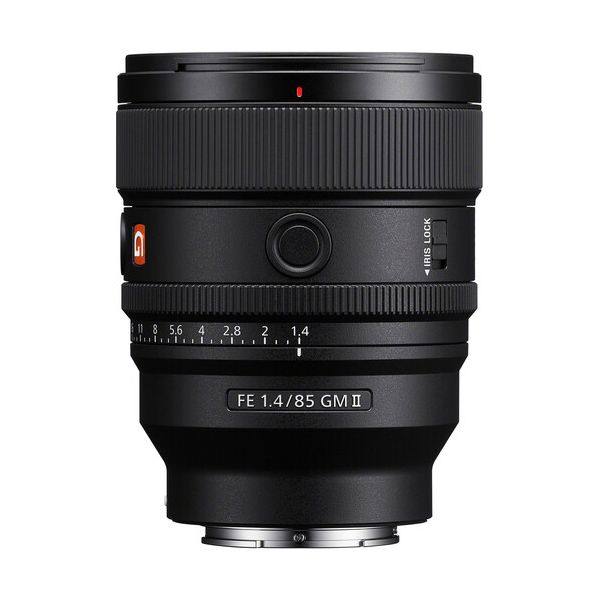
Best portrait lens
It's undeniably an expensive proposition, but the Sony FE 85mm F1.4 GM II absolutely dazzled me in testing. It's sharp where you want sharpness, and dreamily soft where you don't.
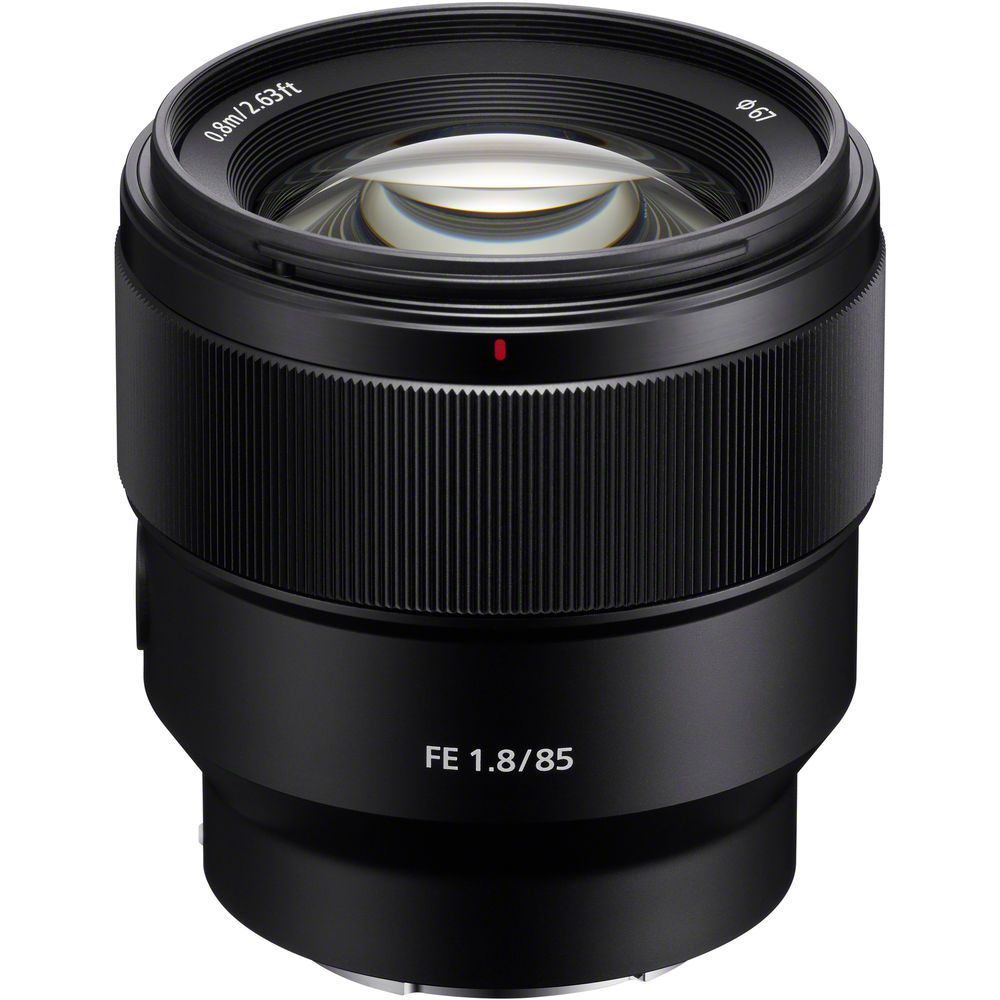
Affordable portrait prime
If you can't stump up the cash for the latest G Master lens, this winning portrait prime is a brilliantly affordable option for taking beautiful pictures of people.
Load the next products ↴
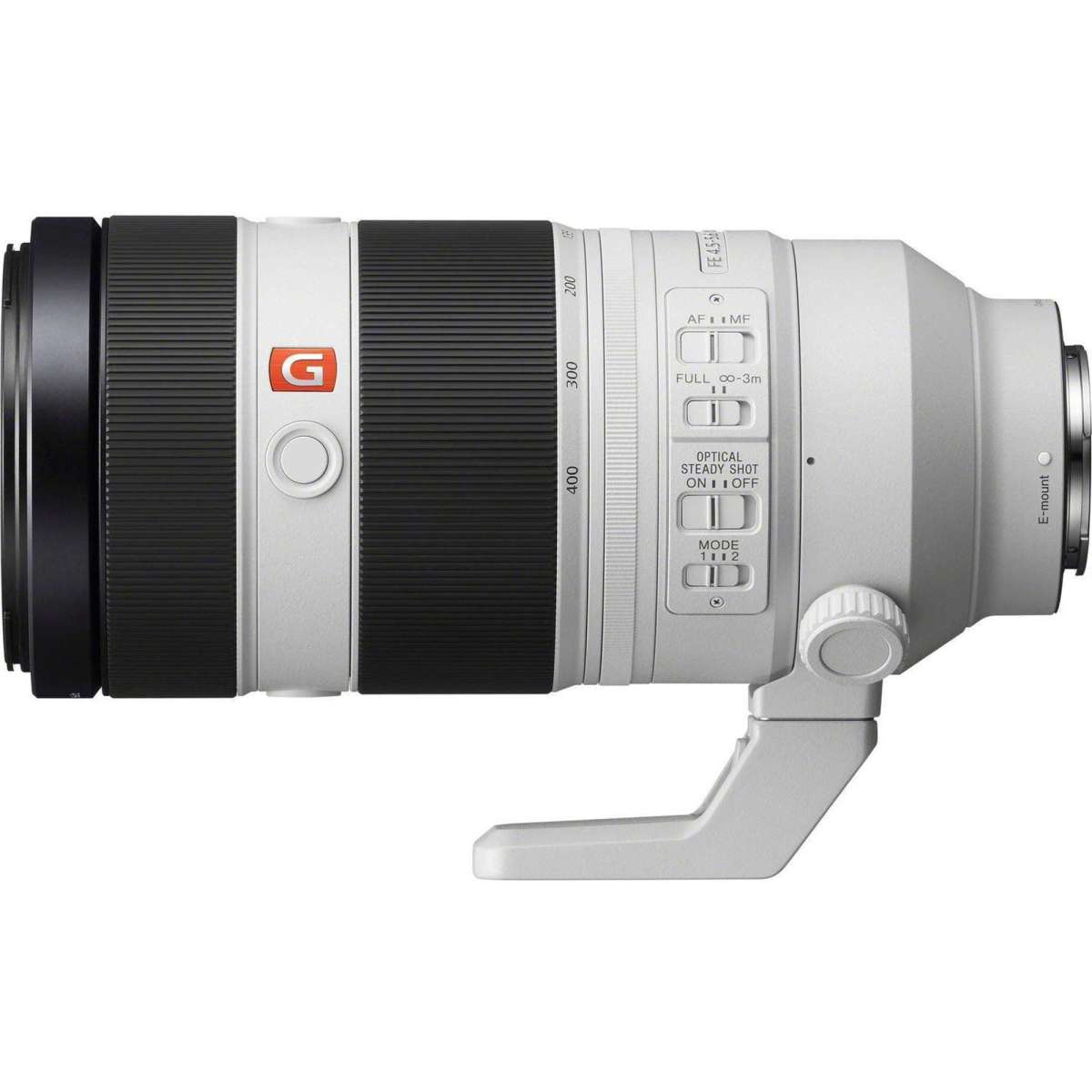
Best 100-400mm
A 100-400mm focal range is a stalwart favorite for a reason, and this G Master optic is one of the finest. Despite its mighty reach, it's relatively restrained in terms of size and weight.
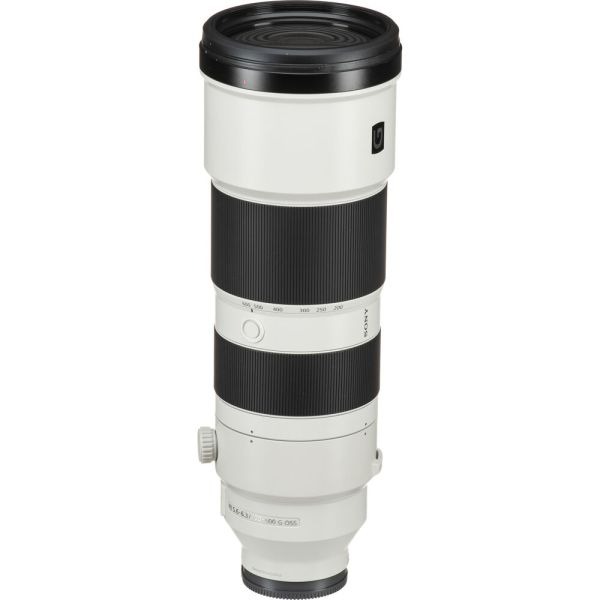
Best super-telephoto zoom
Covering a phenomenal 200-600mm reach, this lens is perfect for sports and wildlife applications, as long as you don't mind its considerable physical heft.
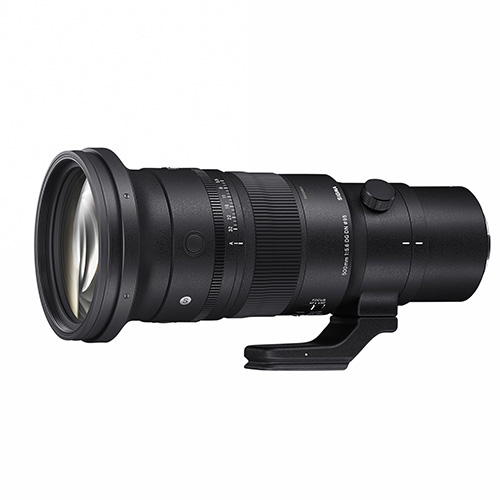
Best super-telephoto prime
Delivering sumptuous image quality from a lens body that, all things considered, isn't too heavy, this Sigma prime is ideal for wildlife and sports photography.

Best APS-C lens
Designed specifically for crop-sensor cameras like the A6000 series, this versatile zoom lens is lightweight and boasts some serious shooting range.
Best Sony telephoto lenses
Why you can trust Digital Camera World
Best 70-200mm
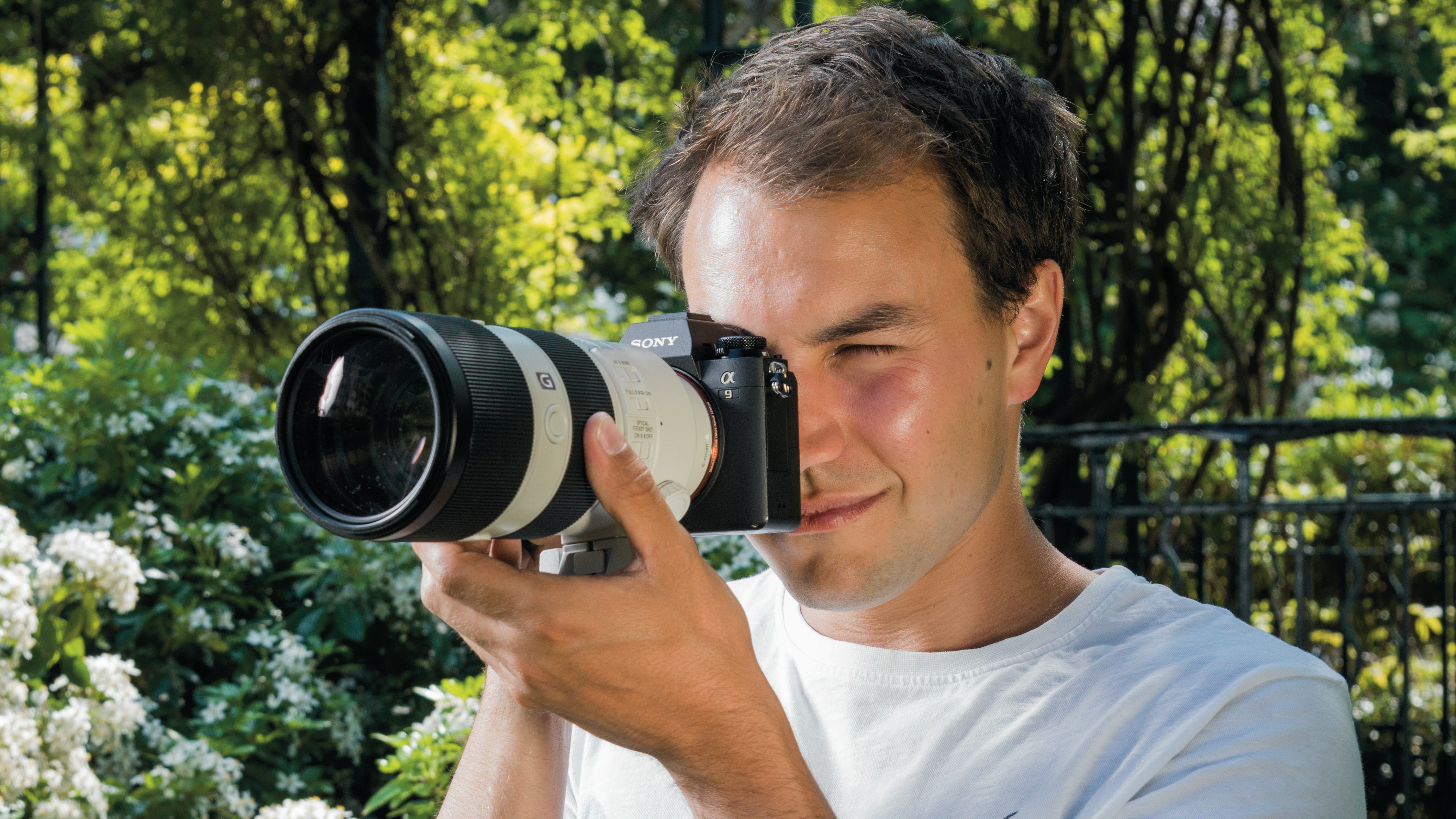
Specifications
Reasons to buy
Reasons to avoid
The Sony FE 70-200mm f/2.8 G Master OSS is one seriously well-specced optic. A feast of glass includes one double-sided XA (Extreme Aspherical) element, two other aspherical elements, four ED (Extra-low Dispersion) elements and two Super ED elements. There’s not one but two autofocus systems, incorporating a double linear motor plus an RDSSM (Ring Drive Super Sonic wave Motor), the latter being used for the heavier forward focus groups. The construction is fully weather-sealed and includes a fluorine coating on the front element. Handling is particularly refined, with an autofocus range limiter, customisable focus hold buttons, and dual-mode stabilization for static and panning shots.
All this translates into superb performance. Image sharpness is very good indeed wide-open at f/2.8, throughout the entire zoom range, becoming excellent at f/4. Color fringing is minimal but distortion is a little worse than average for this type of lens. In our tests, autofocus speed proved slightly underwhelming compared with competing lenses in its class. The 2-stop optical stabilizer is less effective than in most similar lenses, but its performance is boosted in later Sony cameras that add in-body stabilization into the equation.
Read more: Sony FE 70-200mm f/2.8 GM OSS full review
Best 70-200mm alternative

Specifications
Reasons to buy
Reasons to avoid
Tamron's 70-180mm F2.8 Di III VC VXD G2 is a clever idea for a lens — a lighter and more affordable alternative to the standard Sony 'trinity' lens above, the 70-200mm f/2.8. As the 'G2' implies, this is the second go-around, and Tamron has chosen to refine the formula of its original 70-180mm lens rather than reinvent the wheel. The major addition is something people were crying out for in the original — optical stabilization. This makes an appearance in the form of Tamron’s proprietary ‘Vibration Compensation’ functionality, and it makes an optically brilliant lens much more usable when shooting handheld.
Image quality from the lens is superb at all focal lengths, and in testing I was particularly taken by the quality of the bokeh it's capable of producing when shooting with a shallow depth of field. The autofocus, using Tamron's VXD (Voice-coil eXtreme-torque Drive) system, offers a high degree of speed and precision, offering full compatibility with Sony's Fast Hybrid AF and Eye AF features.
Read more: Tamron 70-180mm F2.8 Di III VC VXD G2 review
Best 135mm prime
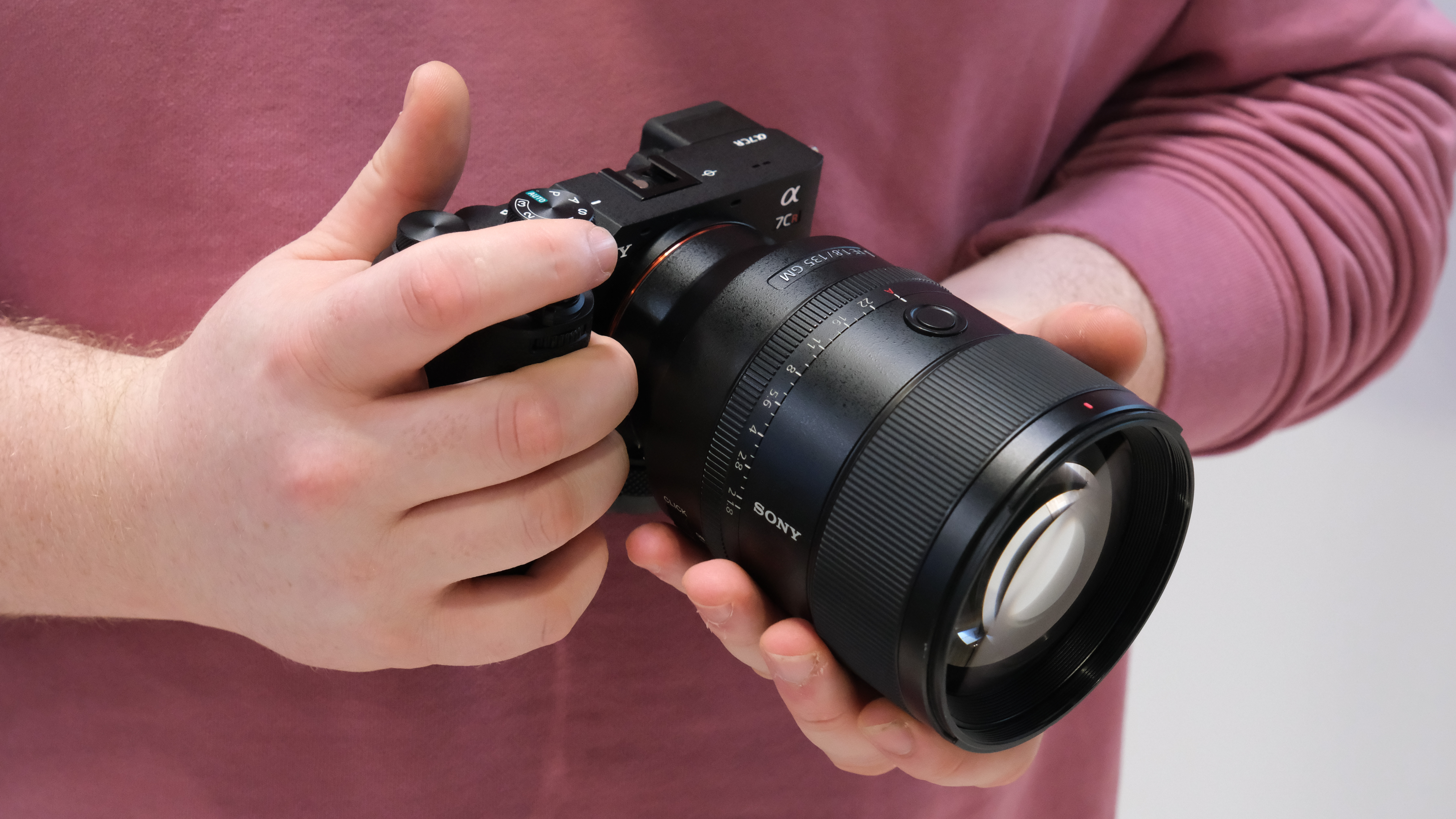
Specifications
Reasons to buy
Reasons to avoid
While the FE 85mm f/1.4 G Master will be seen as the most ideal portrait lens by many, this 135mm version gets you closer to your sitter while maintaining a natural shooting distance, thus working really well for close-up portraits, and any other shooting scenario that calls for impeccable image quality at this focal length. The high-grade optical path includes XA (eXtreme Aspherical), Super ED and regular ED elements, along with an 11-blade diaphragm that maintains a particularly well-rounded aperture when stopping down a bit.
For hands-on aperture control, there’s a physical aperture control ring with one-third f/stop click steps and a straightforward de-click switch to enable smooth transitions during movie capture. Along with impressive sharpness and contrast, the lens delivers sumptuously smooth bokeh, helped not only by the long focal length but also by the sheer optical quality. The only slight niggle is that defocused lights near the edges and corners of the frame can take on a very elliptical appearance.
Read more: Sony FE 135mm f1.8 GM full review
Affordable 135mm prime
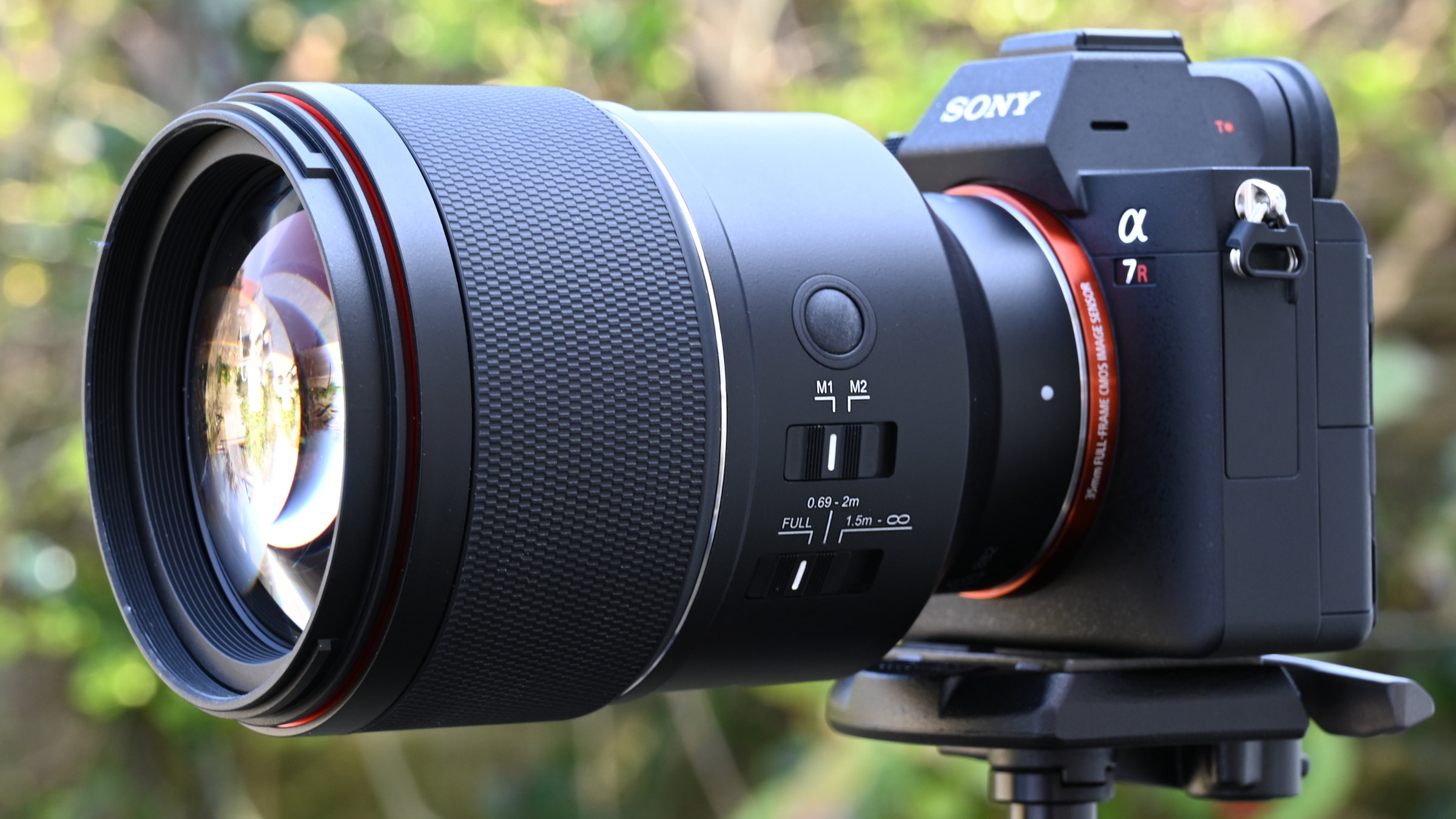
Specifications
Reasons to buy
Reasons to avoid
The Samyang AF 135mm F1.8 FE goes head to head with Sony’s own-brand Sony FE 135mm f/1.8 G Master lens. It boasts many of the same high-end features and handling exotica, as well as a tough, weather-sealed construction, but costs less than half the price to buy. It’s ideal for tight head shots in portraiture, as well as for sports and wildlife photography, and any time you want medium telephoto reach with a fast aperture for isolating the main subject with a tight depth of field, or for freezing motion under low lighting conditions.
Autofocus is both fast and virtually silent, and it works particularly well with Sony’s eye-tracking AF mode in portraiture. The lens also features Samyang’s Astro-Focus Mode complete with LED Index for accurate infinity focusing at night. Although sharpness is very impressive, the quality of bokeh is arguably a bigger plus point in terms of image quality. It’s beautifully smooth when shooting wide-open at f/1.8 and remains excellent when stopping down a little. The 11-blade aperture diaphragm ensures that bokeh disks, formed by defocused bright spots, remain very well rounded.
Read more: Samyang AF 135mm F1.8 FE full review
Best 85mm portrait prime
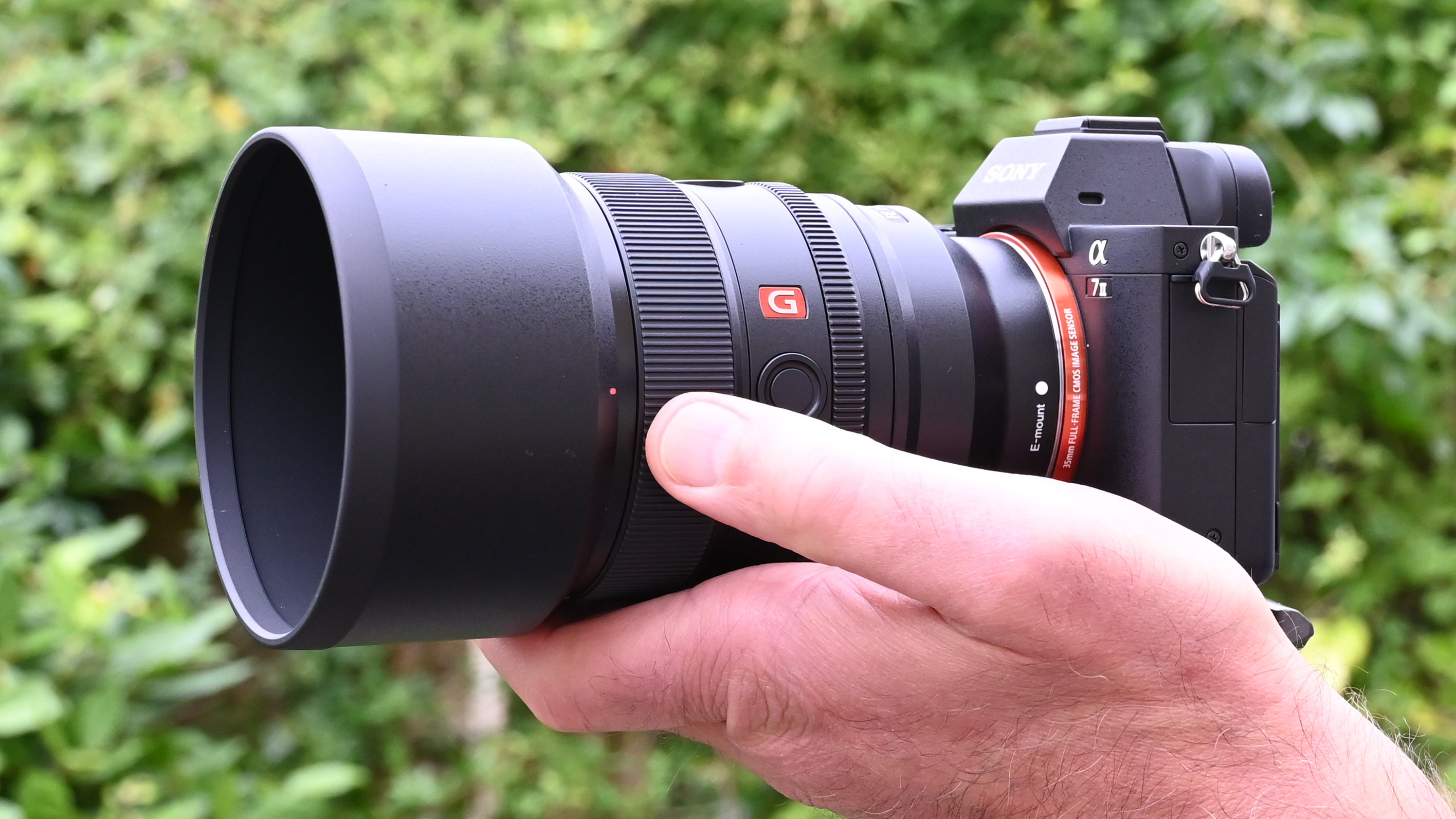
Specifications
Reasons to buy
Reasons to avoid
Sony's gorgeous G Master lenses have garnered a reputation as being some of the finest optics you can buy, and this long-awaited update to the 85mm f/1.4 continues that trend. It manages to improve on what many people thought was a near-perfect lens, delivering a configuration that's ideal for most portraiture scenarios. Where you need sharpness, it's sharp as a tack. Where you need dreamy, bokehlicious softness, it gives it to you in spades. It achieves this by doubling the complement of XA (extreme aspherical) elements included in the optical construction.
Autofocus speed has also been upgraded, driven by two XD (extreme dynamic) linear motors that Sony promises will deliver a seven-fold improvement in tracking of moving subjects. Somehow, even with all this, the weight has been reduced from the previous version, making the lens easier to use handheld. The aperture ring has a de-clicked option, and there's an Iris Lock switch to prevent it from being knocked out of place. It's undeniably a considerable investment but for portraiture, it rules the roost.
Read more: Sony FE 85mm F1.4 GM II review
Affordable portrait prime
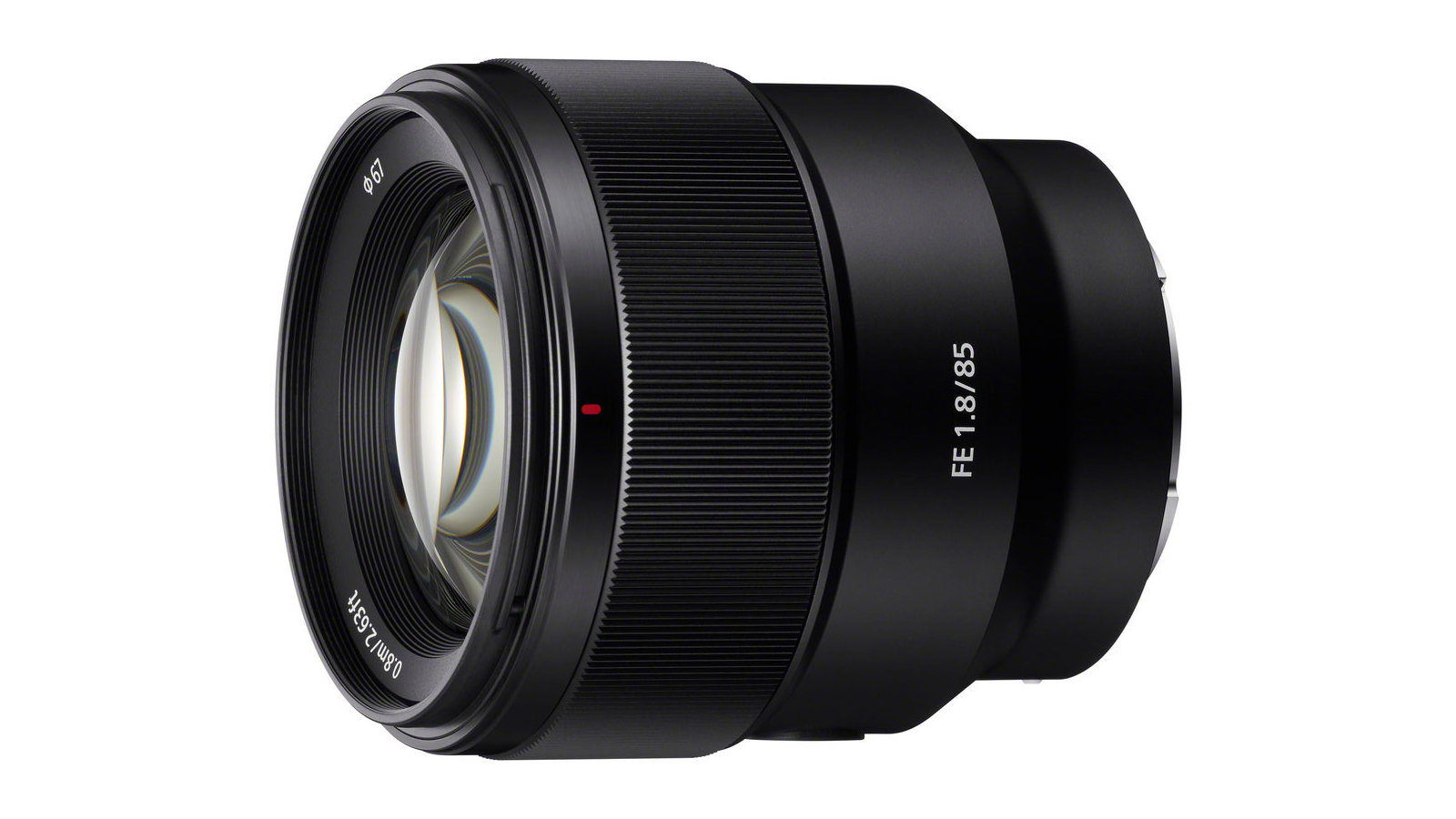
Specifications
Reasons to buy
Reasons to avoid
Fallen in love with Sony's premium FE 85mm f1.4 GM, but want something cheaper? Sony's own FE 85mm f1.8 is the answer! It's only about a third of the cost and less than half the weight of its f/1.4 G-Master stablemate, so it lightens the load for handheld shooting and is much easier on your bank balance. Handling is refined, build quality is impressive and image quality is excellent in all respects: center-sharpness is absolutely outstanding, even when shooting wide-open, and it remains highly impressive right out to the extreme corners of the frame. Indeed, there’s virtually nothing to be gained in sharpness by stopping down to f/2.8. The quality of bokeh doesn’t match that of the f/1.4 G Master lens but it’s nevertheless very dreamy, and remains smooth when reducing the aperture a little.
Read more: Sony FE 85mm f1.8 full review
Best 100-400mm
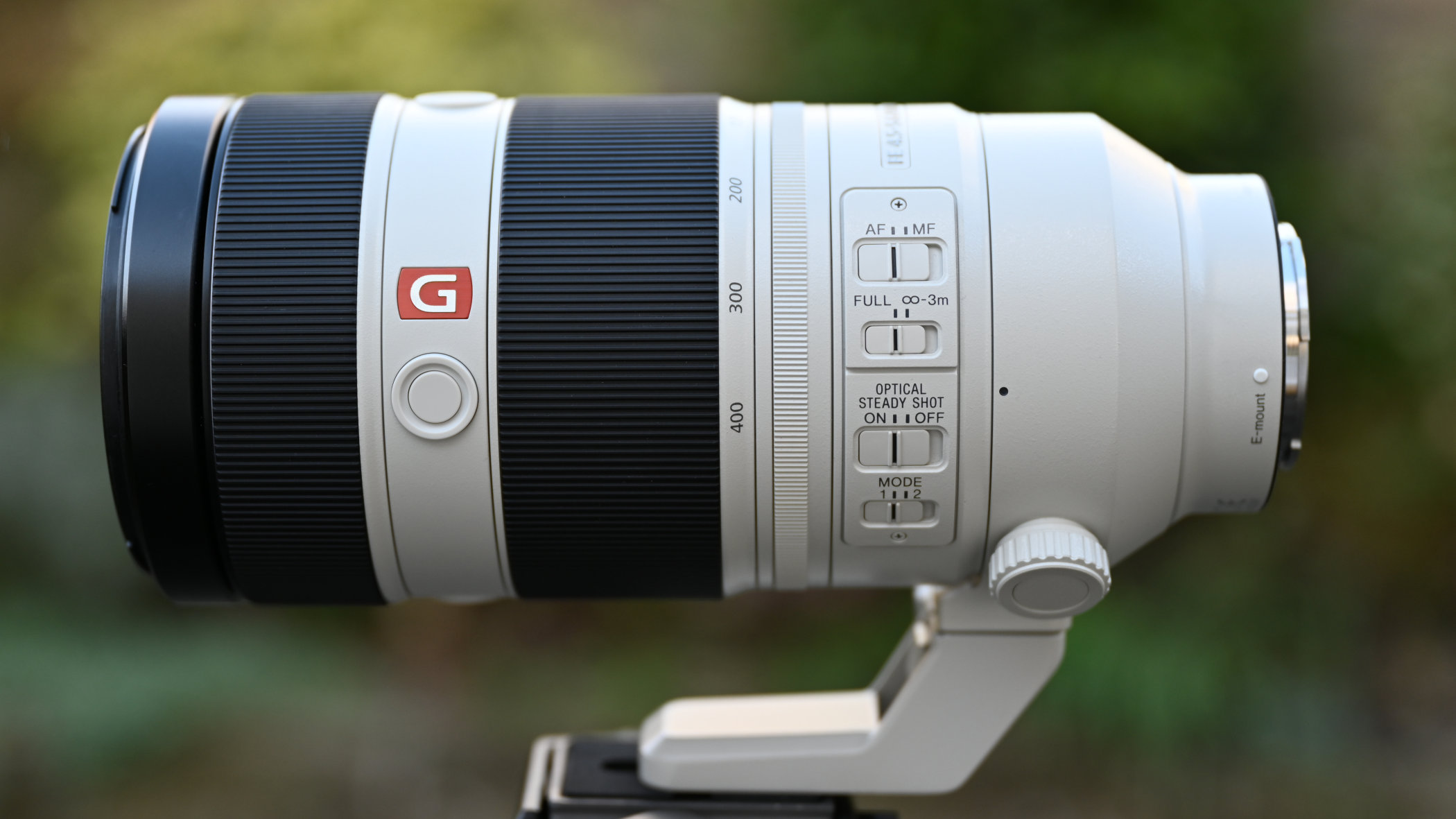
Specifications
Reasons to buy
Reasons to avoid
There’s no denying that the Sony FE 100-400mm f/4.5-5.6 G Master OSS is a large lens, but surprisingly, it’s barely any bigger than the 70-200mm f/2.8, slightly less heavy and no more expensive. That’s despite having twice as much telephoto reach, albeit with a variable aperture that shrinks to f/5.6 at the long end of the zoom range. Although physically only 5mm longer than the 70-200mm, it lacks an internal zoom mechanism so the inner barrel extends when zooming toward the long end of the zoom range.
Up-market build and handling characteristics are very similar to those of the 70-200mm f/2.8 G Master lens, but this one adds a variable torque adjustment for the zoom ring. Again, the Optical SteadyShot is very effective and the autofocus system is super-fast, this time based on a combination of double linear motor and DDSSM (Direct Drive SSM) systems.
See our full Sony FE 100-400mm f/4.5-5.6 G Master OSS review
Best super-telephoto zoom

Specifications
Reasons to buy
Reasons to avoid
Fast supertelephoto lenses on full frame cameras are always expensive, and the Sony FE 200-600mm F5.6-6.3 G OSS is no exception, but compared to fast supertelephoto primes it's actually not THAT expensive, and probably just about falls within an achievable price range for keen amateurs. It doesn't boast Sony's G Master badge of optical excellence, and it does have a relatively restricted maximum aperture of f/5.6-6.3, but in the stratospheric world of full-frame super-telephotos, this one is both effective and affordable.
See our full Sony FE 200-600mm f/5.6-6.3 G OSS review
Best super-telephoto prime
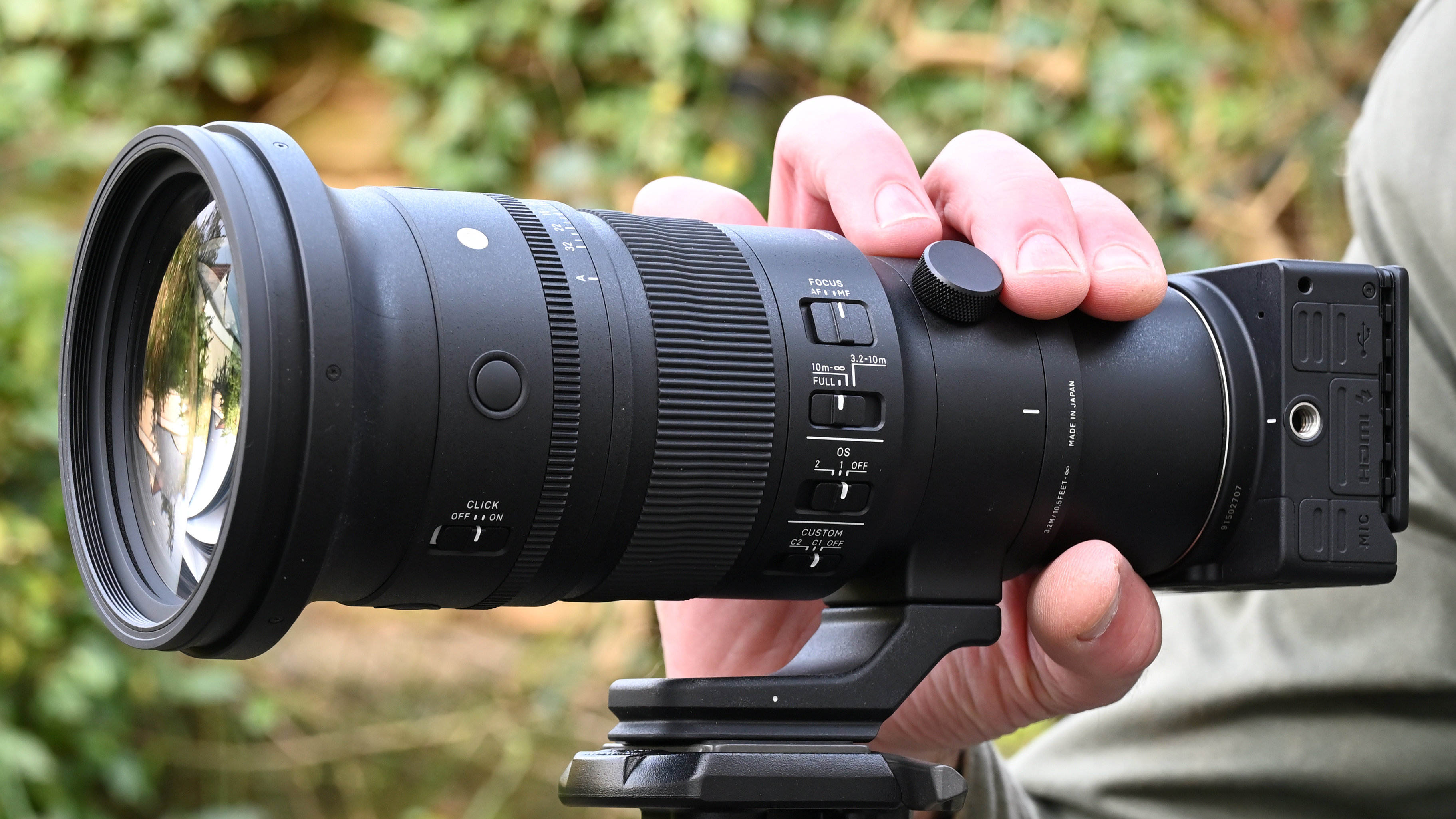
Specifications
Reasons to buy
Reasons to avoid
Super-telephoto primes are generally thought of as being two things — prohibitively expensive, and weighing an absolute ton. The Sigma 500mm F5.6 DG DN OS Sports, however, is something of a welcome corrective in these regards. At 1.3kg it's not light, but it's a lens you can use handheld for extended periods without wearing out your arms. And at a list price of £2,779/$2,999, it's not cheap, but it's much more accessible than the top-end super-telephoto primes, which can and do rack up five-figure price tags.
It's also a pretty brilliant lens in its own right, and is ideal for sports and wildlife shooting, with an effective five-stop stabilisation system and super-fast autofocus action. The resolving power is more than capable of keeping up with the detail demands of high-resolution Sony sensors, and as I found in testing, it consistently produces images with plenty of punch and contrast, even on dull days.
Read more: Sigma 500mm F5.6 DG DN OS Sports review
Best APS-C telephoto lens
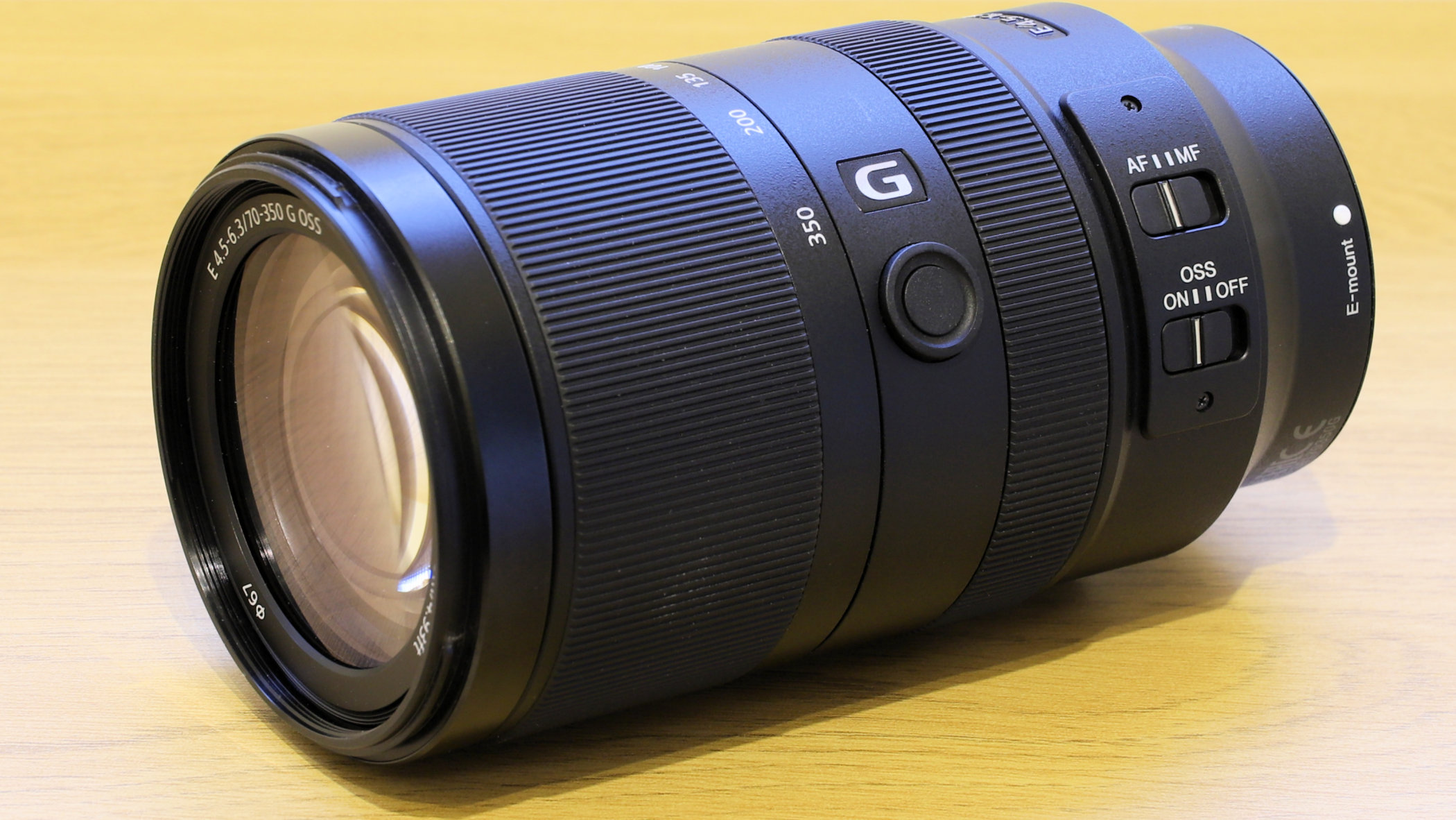
Specifications
Reasons to buy
Reasons to avoid
The Sony E 70-350mm f/4.5-6.3 G OSS is a really welcome addition to the Sony lens line-up. Designed specifically for APS-C format Sony E-mount cameras, it sports a 5x zoom range equating to 105-525mm on a full-frame body. It might not have an ultra-fast maximum aperture, but the modest f/4.5-6.3 aperture rating enables a much more compact, lightweight build, at a more affordable price.
Image quality is also very impressive for a lens of this class and while it doesn’t have the world’s most effective optical stabilizer, you can still expect a good hit rate of sharp handheld shots. Overall, this is a lens that’s big on performance but refreshingly small and lightweight for handheld shooting.
See our full Sony E 70-350mm f/4.5-6.3 G OSS review.
Lab data and comparisons
The graphs below show the comparative performance of the lenses in this guide, based on our in-house lab tests. The Sony FE 85mm f/1.4 G Master II, Samyang AF 135mm F1.8 FE and Sony FE 135mm f1.8 G Master primes lead the way for sharpness but the Tamron 70-180mm f/2.8 Di III VC VXD G2 does particularly well for a zoom lens. The Sony E 70-350mm f/4.5-6.3 G OSS is the least impressive for control over distortion but automatic in-camera correction is available.
Scores for sharpness and color fringing are averaged from data taken across the entire image frame, from the center to the edges and corners, throughout the aperture range. For zoom lenses, the scores are also averaged from data measured at all marked focal lengths, and the same applies to distortion. Bear in mind that these average values don't fully reflect specific areas of performance. For example, a zoom lens might have noticeable barrel and pincushion distortion at its shortest and longest focal lengths respectively, which tends to average out when looking at the data overall. For more detailed graphs of each lens's performance, which give the full picture, check out the graphs in our full standalone lens reviews.
How to choose the best Sony telephoto lenses
If you're a serious wildlife or sports photographer then owning a telephoto lens is a must. Telephoto lenses enable you to pick out finer details in the distance and still produce a sharp, clear image. It also means you don't have to be too close to your subject which is perfect when you're shooting wildlife and you don't want to scare animals away.
Likewise, if you're a sports photographer you'll often be in a defined area so you'll want to make sure you can still capture some great pictures, even if you're on the far side of the track, pitch or court.
Telephoto lenses have many uses though and are great for producing different perspectives to wider options. They have a lot less distortion which makes them great for picking out details in a landscape and the longer focal lengths enable you to achieve greater separation between your subject and background. For this reason, portrait photographers will shoot with a telephoto lens so that they have a beautifully blurred background in their image.
In this guide we've included telephoto zoom lenses like typical 70-200mm offerings, but also prime lenses with 85mm and 135mm focal lengths. These are ideal for shooting portraits, as they provide a flattering perspective while also enabling a larger maximum apperture than a zoom lens.
Which Sony telephoto lens you use is going to be dictated in part by which Sony camera you're using. We're assuming for the sake of argument that you're using Sony E-mount, as the A-mount DSLT series is all but defunct. This means you'll be using a mirrorless camera with one of two sensor sizes: full-frame or APS-C.
Most of the lenses in our guide are designed for full-frame Sony cameras. The current line-up consists of:
- Sony A1, A7, A7 II, A7 III, A7 IV, A7R, A7R II, A7R III, A7R IV, A7R V, A7S, A7S II, A7S III, A7C, A7C II, A7CR, FX6, FX9, A9, A9 II, A9 III and ZV-E1.
This is the flagship range for Sony E-mount, lenses for which are denoted as "Sony FE".
We have also included a lens option designed specifically for APS-C-sensor mirrorless cameras. This range currently includes:
- Sony A6000, A6100, A6300, A6400, A6500, A6600, A6700, ZV-E10, ZV-E10 II
These lenses are officially denoted as "Sony E", though confusingly this term is sometimes used more casually to refer to full-frame lenses as well.
The important thing to remember is that the full-frame lenses will fit both types of camera, while the APS-C lenses will only fit APS-C cameras. Also, when you mount a full-frame lens to an APS-C body, it will incur a 1.5x crop factor, meaning that the actual effective focal length will be 1.5x the state focal length (so, a 100-400mm lens will behave like a 150-600mm lens).
How we test lenses
We test lenses using both real world sample images and lab tests. Our lab tests are carried out scientifically in controlled conditions using the Imatest testing suite, which consists of custom charts and analysis software that measures resolution in line widths/picture height, a measurement widely used in lens and camera testing. We find the combination of lab and real-word testing works best, as each reveals different qualities and characteristics.
Get the Digital Camera World Newsletter
The best camera deals, reviews, product advice, and unmissable photography news, direct to your inbox!
Matthew Richards is a photographer and journalist who has spent years using and reviewing all manner of photo gear. He is Digital Camera World's principal lens reviewer – and has tested more primes and zooms than most people have had hot dinners!
His expertise with equipment doesn’t end there, though. He is also an encyclopedia when it comes to all manner of cameras, camera holsters and bags, flashguns, tripods and heads, printers, papers and inks, and just about anything imaging-related.
In an earlier life he was a broadcast engineer at the BBC, as well as a former editor of PC Guide.
